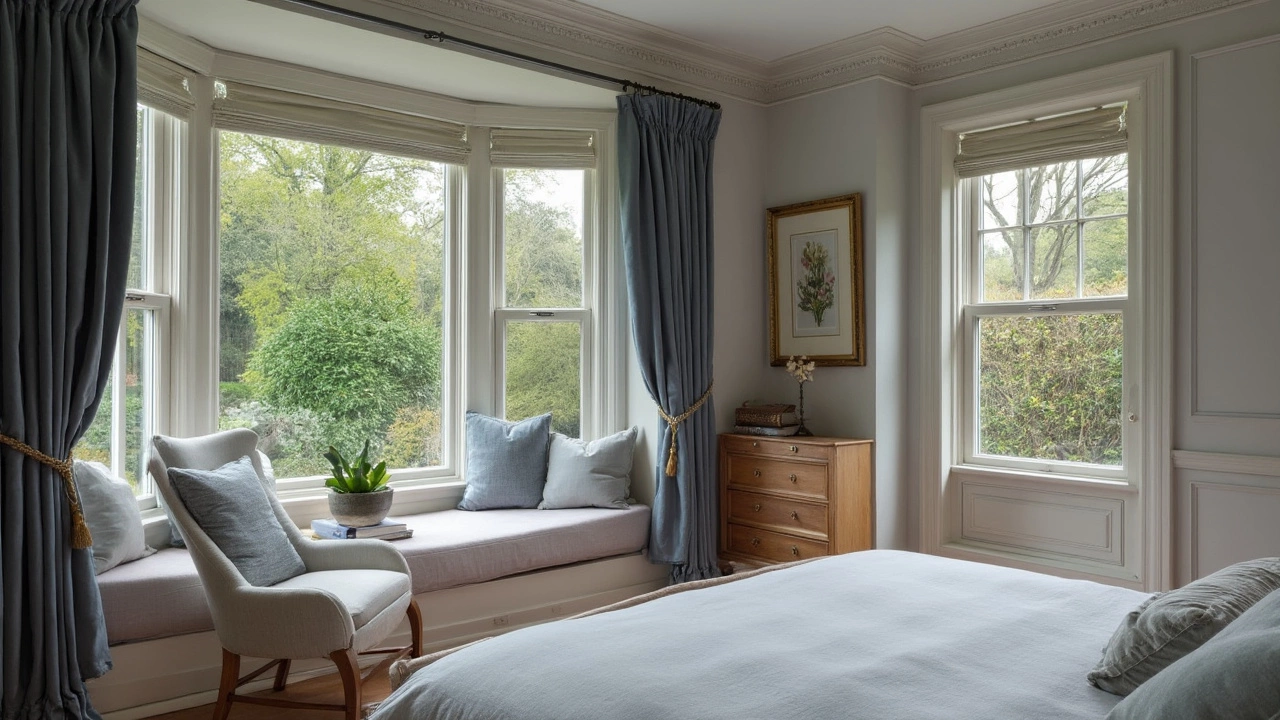Adding a bump out to your master bedroom might seem straightforward, but costs can vary widely based on size, location, and materials used. Discover helpful tips on budgeting effectively and learn about design considerations that can optimize space. Whether you're considering a cozy nook or a full extension, understanding potential costs can aid in planning and prevent surprises. Get practical advice on permits, contractor selection, and maximizing your investment.
Master Bedroom Design Made Simple
When you walk into your master bedroom, you should feel relaxed and happy. It’s not just a place to sleep – it’s your personal retreat. Below are easy ideas that you can start using right now, no matter the size of the room or your budget.
Plan the Layout First
Start by measuring the walls and marking where the bed, nightstands, and wardrobes will go. Keep the bed away from direct drafts and make sure you have enough space to walk around it. If the room is narrow, push the bed against the longest wall and use floating nightstands to free up floor space.
Try the “three‑zone” rule: a sleep zone (the bed), a dressing zone (wardrobe or chest of drawers), and a lounge zone (a chair or small sofa). This helps you use every corner without feeling cramped.
Smart Storage Solutions
Clutter kills the calm vibe of a bedroom. Use under‑bed boxes for off‑season clothes and choose a wardrobe with sliding doors if space is tight. Adding a tall chest of drawers on one side can double as a nightstand and keep extra linens out of sight.
Don’t forget the space above the door frame – a few shallow shelves can store books, hats, or decorative boxes. Keeping things organized makes the room feel larger and more inviting.
Lighting matters as much as furniture. Mix a ceiling light with bedside lamps for reading and a soft strip of LED behind the headboard for a gentle glow. Dimmer switches let you set the mood without changing bulbs.
Color choices set the tone. Soft neutrals like warm greys, beige, or pale blue create a calming backdrop. Add pops of colour with cushions, a rug, or artwork that you love. This keeps the room personal without overwhelming the senses.
Flooring can be a game‑changer. If you have a wooden floor, a plush rug under the bed adds warmth and defines the sleeping area. For carpeted rooms, choose a low‑pile rug that’s easy to clean and won’t trap dust.
Finally, bring nature in. A small plant on the nightstand or a vase of fresh flowers on the dresser adds life and improves air quality. Even a simple vase of dried sage can give a calming scent.
With these straightforward steps, you can turn any master bedroom into a tidy, cozy, and stylish space. Start with the layout, add smart storage, play with light and colour, and finish with personal touches. Enjoy the new feel of your room and the better rest it brings.
